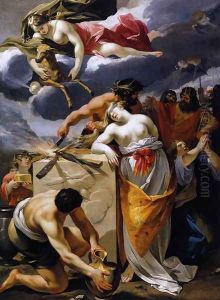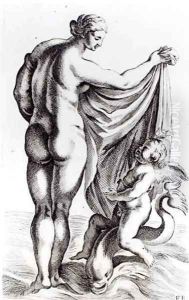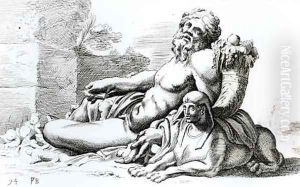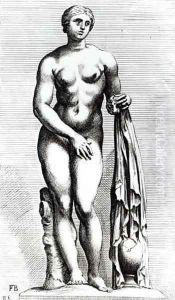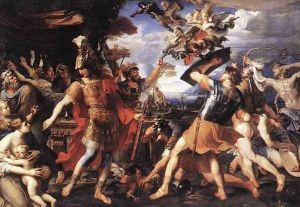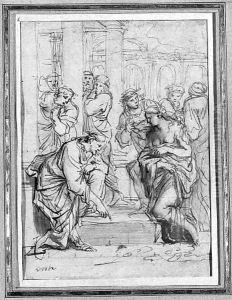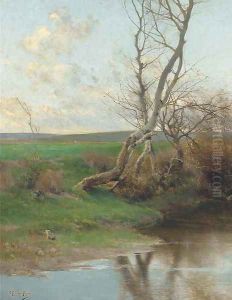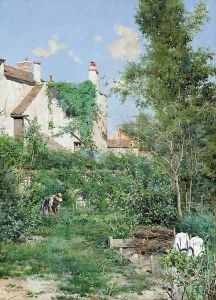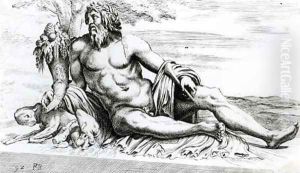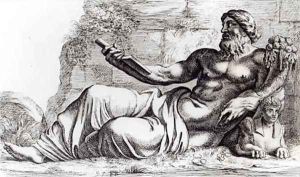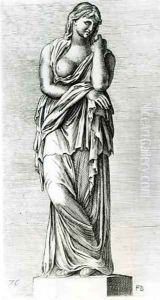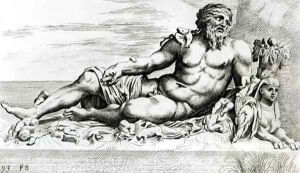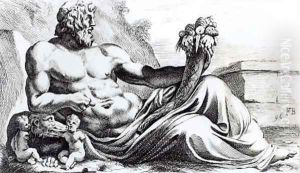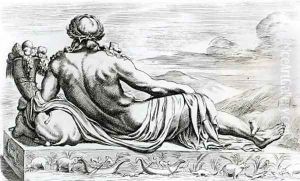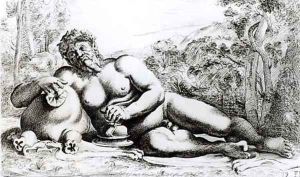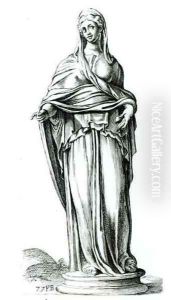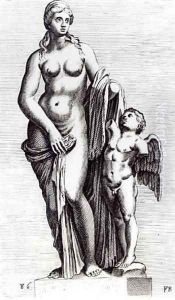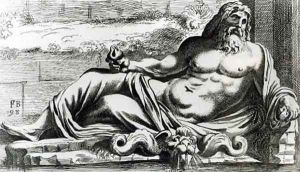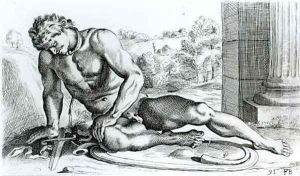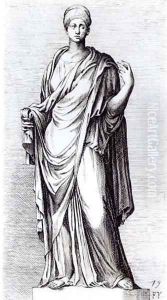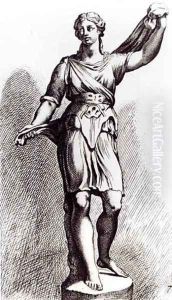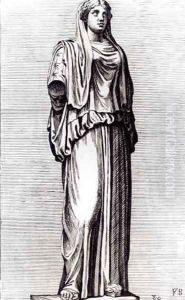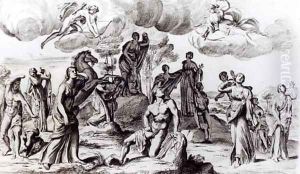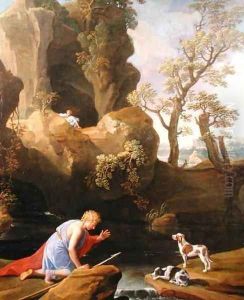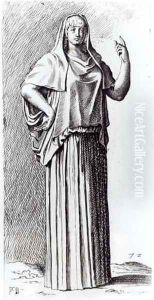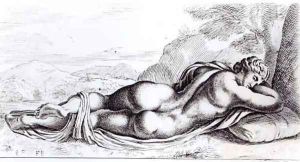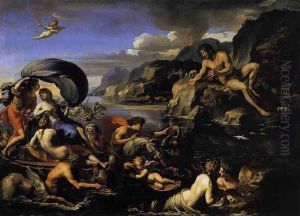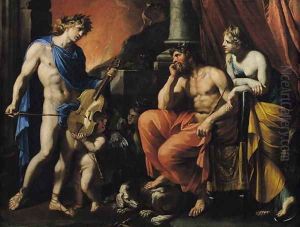Francois Perrier Paintings
François Perrier, born in 1590 in Pontarlier, France, was a prominent French Baroque painter, draughtsman, and engraver, whose work significantly contributed to the artistic landscape of the 17th century. Not to be confused with the later French academician and hydrologist of the same name, Perrier was an influential figure in the development of Baroque art in France, blending Italian influences with French artistic traditions. His journey into the arts led him to Rome early in his career, where he was deeply influenced by the works of ancient Roman art as well as by the contemporary Italian masters of his time.
Perrier's stay in Rome was pivotal; he became enamored with the city's rich tapestry of classical antiquity and the Renaissance. During this period, he earned the nickname 'Le Bourguignon' (The Burgundian), and his work began to reflect a profound absorption of Carracci's classicism, melded with the dynamic intensity of Baroque aesthetics. He was particularly admired for his ability to translate mythological and historical subjects into vivid, dynamic compositions that still adhered to the principles of classical harmony and balance.
Upon his return to France, Perrier's Italian experiences significantly impacted French artistic circles. He became a key figure in the dissemination of Baroque art throughout France, serving as a bridge between the Italian masters and the French Baroque movement. His engravings, including the notable series 'Segments of the Most Beautiful Statues and Bas-reliefs of Ancient Rome,' played a crucial role in introducing the French public and many artists to Roman and Renaissance masterpieces, influencing the direction of French art for generations.
Despite his considerable influence and the esteem in which he was held by contemporaries, François Perrier's work was somewhat overshadowed by the luminaries of his era and later periods. Nonetheless, his contributions to the arts, particularly his role in transmitting Italian artistic ideas to France and his masterful engravings, ensure his place in the annals of art history. François Perrier died in 1650, leaving behind a legacy that bridged the classical and Baroque worlds, enriching the French artistic heritage with the spirit of Italian art.
